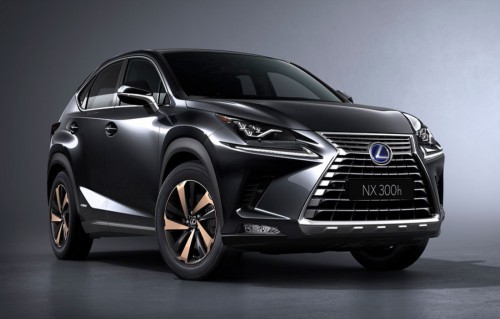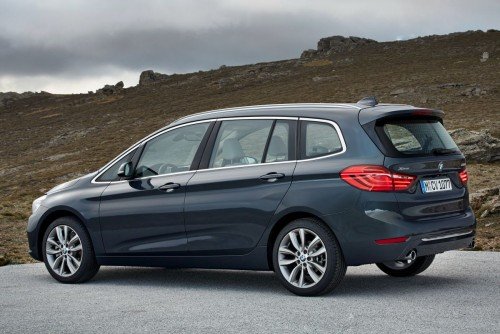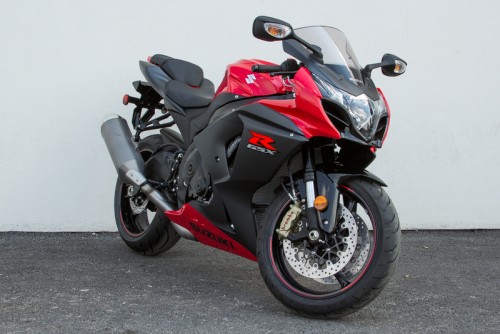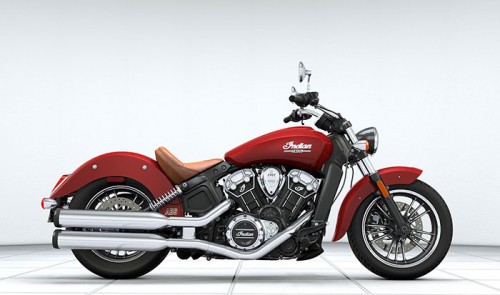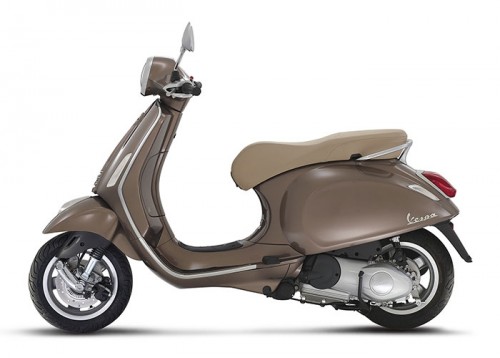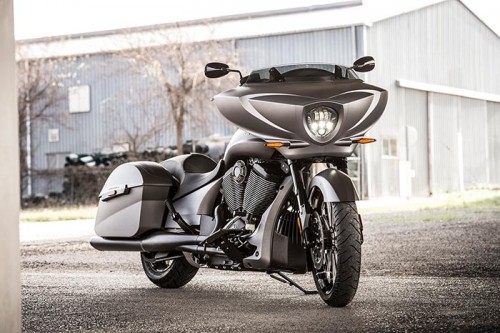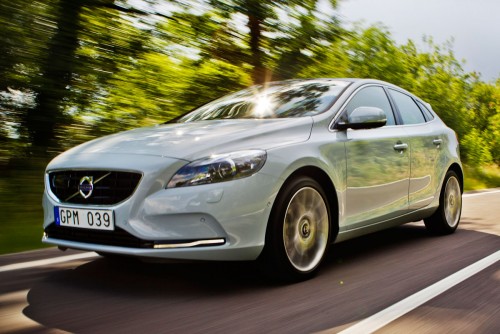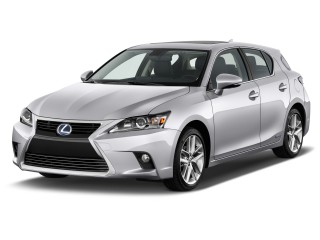About Yugo
Earlier models
Yugo 45 derivative models have included the Yugo 55, 60, 65, Koral, Ciao, Tempo, Cabrio, GV, GV Plus, GVX, and GVL. Yugo engines were fitted with a carburetor until well into the 1980s before fuel-injected models (starting with the Koral 65) were introduced beginning with the GVX-EFI (an Electronic fuel injection system), which featured a 1300cc engine.
The fuel injection system was a Motronic MP3.1, which was later developed with Bosch to Motronic M4.6 MPI on 1.1L and 1.3L engines and had Multiport fuel injection with a three-way Bosal Catalytic converter and "Lambda" sensor.
Later models
Near the end of its production run, Zastava sold an updated version of the Yugo Koral model, known as the Zastava Koral IN, which had Central locking, a three step rotary switch on the dash marked "0", "1", "2", and "3" for a headlamps leveling control in four height positions, a 4-speakers audio system, electric windows, folding electro-adjustable side-view mirrors, alloy wheels, an optional air conditioner, and also an optional Renault-designed three-speed automatic transmission. Zastava sold these in Serbia, Montenegro, Croatia, the Republic of Macedonia, Greece, Lebanon, Libya, Syria, Tunisia, and Egypt. Besides all the Koral versions available, other models included the Florida and Skala. In October 2003, an agreement with Fiat was reached for production of the Fiat Punto by Zastava for Eastern European markets, which was known as the Zastava 10.
The Koral IN L, with a Peugeot fuel injected 1.1 L-60 PS (44 kW) engine, met the European Union safety standards in a test supervised by the German Technischer Überwachungsverein (Technical Monitoring Association), a necessary step for importation to E.U. countries.
History
Zastava was founded as an arms manufacturer in 1853. By the late 1930s the company had expanded into automobile production supplying Ford designed trucks to the Yugoslav Army. Vehicle production continued until 1941 when World War II reached Yugoslavia. Following the war Zastava was permitted to produce Jeeps under license from Willys-Overland until production was halted in the early 1950s.
The first passenger models were produced on 26 August 1953 using designs licensed by Fiat of Turin. The first model designed by Zastava was a sedan called the Milletrecento ("one thousand three hundred") powered by a 1300 cc engine. Some of the most successful models were those based on the Fiat 128 model, marketed under different names: Zastava 101, Zastava 128, Zastava 311, Zastava Skala, etc.
Zastava continued to produce vehicles for the Yugoslav and European markets until exports were limited by sanctions imposed by the United Nations in the 1990s. In 1984, automobile entrepreneur Malcolm Bricklin tested the United States market for Zastava vehicles, now branded as Yugo. As a result, in mid-1986, Yugo America began selling cars at a starting price of $3,990 for the entry-level GV ("Great Value") hatchback equipped with the 1100 cc overhead-cam five-main-bearing engine and four-speed manual transmission. The similar GVL offered a plusher interior, but the sporty top-line GVX was powered by the 1300 cc engine mated to a five-speed manual transmission, and included as standard equipment a number of deluxe features such as a ground-effects package, alloy wheels and rally lights. However, even though the GVX was billed as an upscale, sporty version of the base GV, it went from 0-60 mph in 13.56 seconds, just a half a second faster than the GV. When the political instability in Yugoslavia intensified in early 1992, Zastava was forced to stop exports.
Today there are various models available in the former Yugoslavia, including an agreement signed with Fiat for the production of the 2003 Fiat Punto model.
1991–1996
Because the Yugo was built as a "Yugoslav" car with political problems and civil war breaking out in 1990–91, production slowed down and the supply of parts was interrupted. Most of the plastic came from Croatia, while the alternator and electrical equipment came from Slovenia. With the start of civil war, economic and transportation ties were broken, resulting in shortage of most parts coming from the two seceded republics. Though the sanctions were not in place until May 1992, Yugos built between June 1991 and early 1996 were built with a variety of "leftover" parts: as an example, it was possible to get a car with a blue dashboard which had a brown steering wheel, seats that were mismatched in color, and most likely an "American" instrument cluster with speeds printed in MPH rather than km/h, and with written labels like water and oil instead of small drawings, and a seatbelt safety warning light. In some extreme cases the car would come with different interior panels and a steering wheel from other Zastava products such as the Zastava 750. When exports to United States (and the rest of the world) stopped, there was a number of federalized Yugos still left in the factory's parking lots, and many people got these "American" Yugos instead of the European ones. When Yugoslavia broke apart in the early 1990s, production rates steeply declined to 14,000 in 1992, 7,000 in 1993 and 1994, and 9,000 in 1995. In 1996, when sanctions were lifted, production rates slowly increased as living standards in the former Yugoslavia started to improve. Even so, problems for the factory started once again when it was put out of production in mid-1999 as a result of war with NATO.
Criticism and response
Along with other Central and Eastern European vehicles marketed in the West during the 20th century — such as the Lada and Škoda - the Yugo was subjected to derision by critics who pointed to its use of old-generation Fiat technology and to alleged issues with build quality and reliability. The Yugo was voted Car Talk's worst car of the millennium.
Defenders of the vehicle have counter-argued that the Yugo's reputation suffered due to an issue that also appeared with initially inexpensive cars as the Chevrolet Chevette, Rambler, Crosley, and others — dealers were finding that too many owners were considering inexpensive cars as "disposable", and were failing to perform basic maintenance such as oil changes.
Media appearances
Movies
- Nick and Norah's Infinite Playlist
- The Birdcage
- The Great Outdoors, starring John Candy & Dan Aykroyd. The car is seen briefly in the scene when Candy is taunting wild bears to come eat food on his car.
- The Yugo car model is used extensively in the film Drowning Mona, which also begins with a seemingly irrelevant blurb mentioning Verplanck, a hamlet and census-designated place (CDP) located in the town of Cortlandt, Westchester County, New York, (where the film is set) as a Yugo test site.
- Die Hard with a Vengeance, Bruce Willis is seen driving a yellow Yugo on the FDR Drive in NYC (Samuel L. Jackson is in the passenger seat). Used by Bruce Willis & Samuel L Jackson to drive from the destroyed Federal Reserve Bank in New York after the convoy of dump trucks holding tons of stolen golden bars. Samuel L Jackson mentions in the movie that Yugo's are built for economy, not for speed.
- Savior
- The Crow, a 1994 movie; in it, a Yugo meets its demise in a collision on a rainy night with a police car.
- Dragnet, where Joe Friday, played by Dan Aykroyd, is narrating: "After losing the two previous vehicles we had been issued, the only car the department was willing to release to us at this point was an unmarked 1987 Yugo, a Yugoslavian import donated to the department as a test vehicle by the government of that country and reflecting the cutting edge of Serbo-Croatian technology."
- 101 Dalmatians
- Domino
- The Nutty Professor, a 1996 movie remake; in it, the professor makes mention of intending to purchase a Yugo instead of a sports car with his company's money.
- Bowfinger On the wall in Bowfinger's office/home, there is a poster for the movie "The Yugo Story".
- Cars 2 It's one of the head lemon's names in the Italy scene when Mater goes in to foil the bad guys plots




 Home
Home









